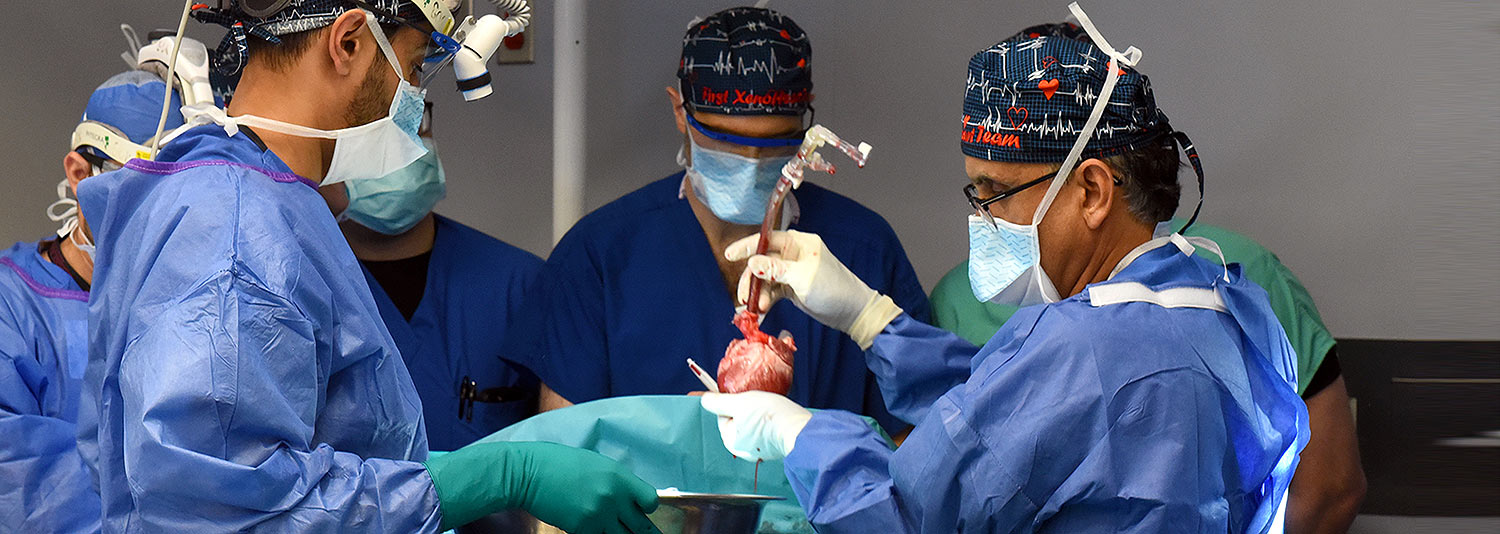Hubble Space Telescope (HST) was carried into lower earth orbit outside the Earth’s atmosphere by the space shuttle in 1990. Hubble has a 7.9 ft (2.4 m) aperture. Hubble’s orbit allows it to observe ultraviolet, visible and near infrared phenomena without distortion and light interference. Hubble was built at a cost of $1.2 billion. By all accounts Hubble has been a huge success, revolutionizing astronomy by allowing scientists to peer further into the universe than ever before.
Laser Technology Making Telescopes Cheaper And More Powerful Than Ever
Adaptive Optics (AO) consists of instruments that analyze light beam variations to determine the exact way in which the atmosphere is moving. A computerized system then makes adjustments to the surface of the telescope mirror in real time to correct the paths of distorted light rays.
The following illustration shows the process by which atmospheric turbulence is handled: finding a reference star for measuring distortion, tuning a laser to a wavelength that will interact with a “sodium layer”, supercomputer analysis of distortions, and a deformable mirror that “repairs” the image, and finally, the analysis of “repaired light” by scientific instruments.






